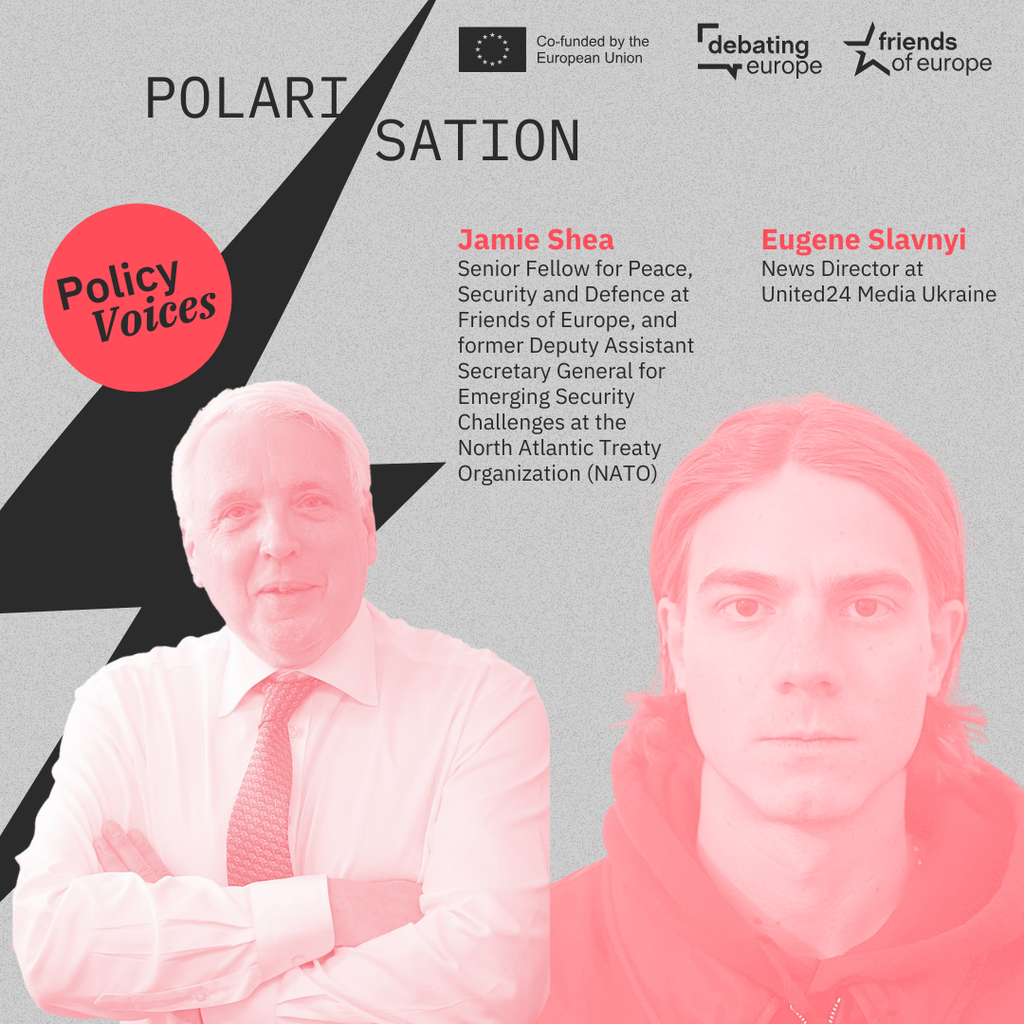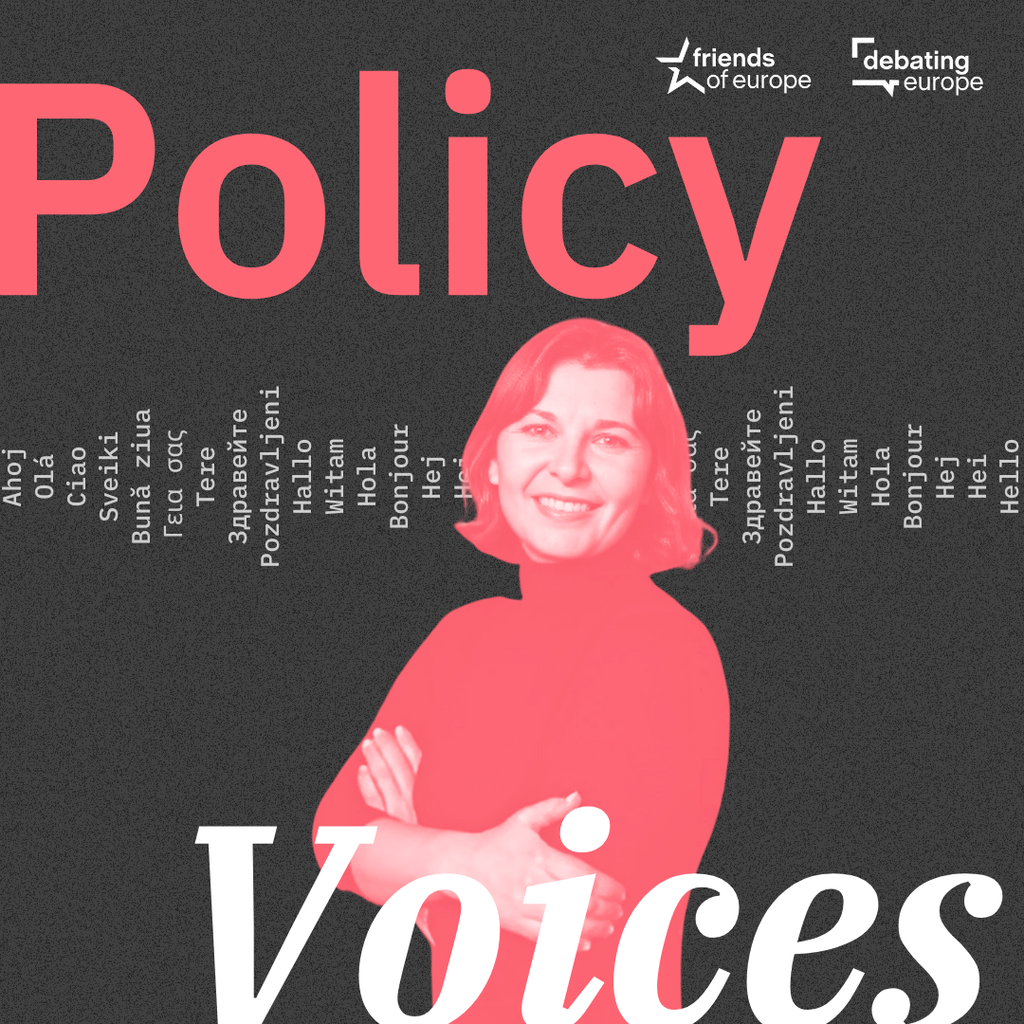From ambition to action: building Europe’s Defence Union
Past event In person

- Area of Expertise
- Peace, Security & Defence

Head of Department on European Political Studies Institute for World Economy and International Relations (IMEMO), Russian Academy of Sciences
The Ukraine crisis is the first direct conflict between differing regional strategies of Russia and the EU – Brussels’ eastern partnership and Moscow’s Eurasia Union concept. Ukraine has been central to both strategies, and the either/or choice presented to Kiev ultimately made conflict inevitable.
The reason for this confrontation at the same time goes much deeper than the clash of two opposing regional strategies. It stems from the fundamental differences between Russia and EU in their approaches towards the post-bipolar European order. It’s possible to identify crucial turning points in the history of this conflict: President Yanukovych’s shift away from what had seemed Ukraine’s European vocation on the eve of the EU’s Vilnius summit, along with a Russian departure from Europe that was formalised by Vladimir Putin’s return in 2012 to the power of the presidency. Deeper analysis still shows that the origins of the conflict are in fact rooted heavily in the 1990s.
When the problem of the Soviet Union’s nuclear legacy was solved, the EU and the West as a whole became obsessed with the prospect of a new Russian empire. It saw the separation of Russia from its Commonwealth of Independent States (CIS) partners as a guarantee that the USSR would never be brought back to life, so EU and NATO regional strategies unhesitatingly bypassed Russia.
As for Russia, its post-Soviet euphoria was replaced with a sense of loss for their empire and status of world power equal to the U.S. This strengthened the “great power” sentiments of Russia’s political elite, and also created fears that there was a western strategy of “squeezing” Moscow out of vital interests like its relations with the countries of the CIS. These concerns resulted in the Kremlin’s policy of reassembling the CIS neighbours under the aegis “special relations” with Russia.
So it should come as no surprise that Russia and the EU today view the Ukrainian conflict through very different ideological lenses. Moscow saw the proposed Association Agreement with Ukraine as an attempt to tear the Ukrainians away from Russia by imposing on Kiev the EU’s own financial and economic standards. This would have the effect of destroying the second best industrial potential in the CIS, while also creating the conditions for Ukraine’s future membership in NATO, with such predictable consequences as military bases near Russia’s borders.
The Kremlin anticipated this outcome by offering brotherly economic aid that helped to prevent the collapse of the country. But then Ukrainian extremists and outright nationalist forces backed by the West overturned President Yanukovych in an anti-constitutional coup d’état. In response to this nationalist threat, the people of Crimea resorted to their right to self-determination by reuniting with their historic motherland. Donetsk and Luhansk provinces carried out similar referendums and declared autonomy from what is seen as an illegitimate regime in Kiev. This in turn reacted with a punitive military campaign against its own people. And because Russia is unable to stop military insurgency in the eastern regions, western sanctions are therefore useless. But for its part, the West can put pressure on Ukraine’s President Poroshenko and persuade him to stop the bloodshed and open negotiations with Ukraine’s rebellious provinces.
A completely different interpretation of the conflict prevails in the EU and NATO. In this version, the Ukrainian people overturned the corrupt regime of President Yanukovych when he sold out the country’s European future to Russia. The Euromaidan should be viewed as the most telling evidence to the democratic choice of the Ukrainian people, and as a punishment Russia annexed Crimea and violated the country’s territorial integrity. According to this interpretation, Russia supports the separatists in the eastern regions, continues to provide them with financing and military equipment, including heavy weapons, and allows militants to enter Ukraine freely. And although Russia says it seeks peace, its actions do not match its rhetoric.
Whichever the interpretation one chooses, the conflict over Ukraine has exposed some very uncomfortable truths – the CIS vacuum marked a watershed in Russia-EU relations and smashed to pieces their “strategic partnership” based on four common spaces of co-operation because none of these spaces addressed the CIS issue. It’s a lesson that should be taken to heart on both sides. It seems unlikely that even a peaceful solution of the Ukrainian conflict can return EU-Russia relations to their previous level. The relationship will probably never be the same. Yet a peaceful solution would give the EU and Russia a chance to minimise the damage and at least save the key channels of interaction.
Past event In person

Next event

Past event Online

Past event Online





Stay informed
We use cookies and similar technologies to adjust your preferences, analyze traffic and measure the effectiveness of our campaigns. Learn more about our privacy policy.